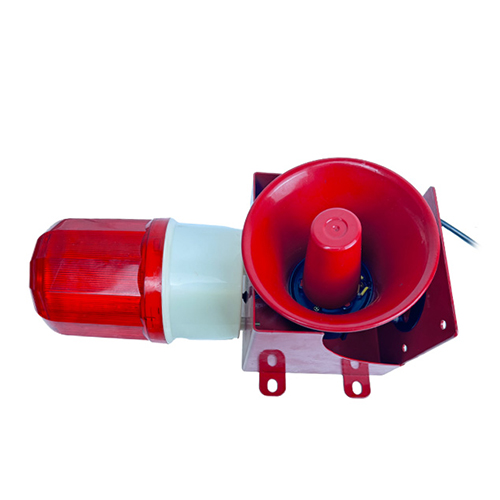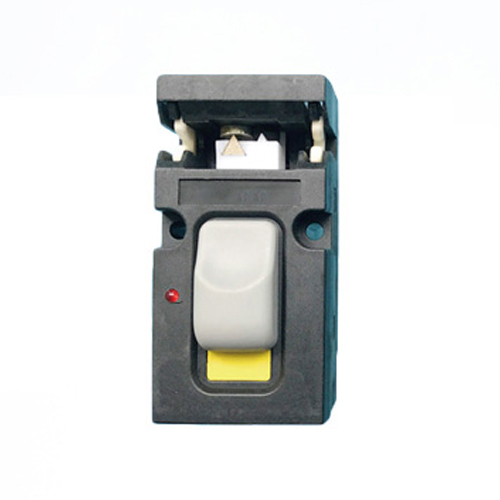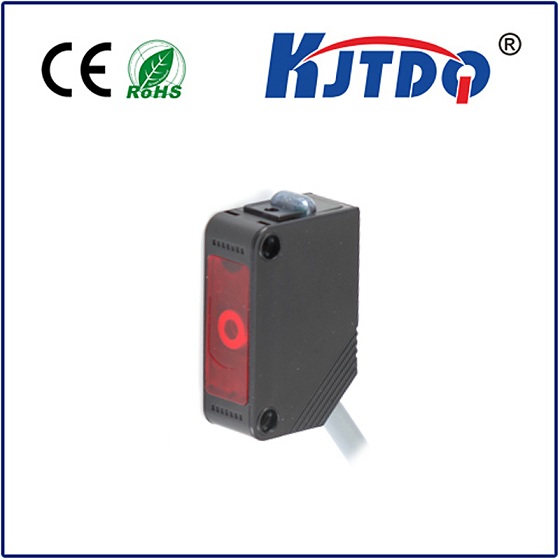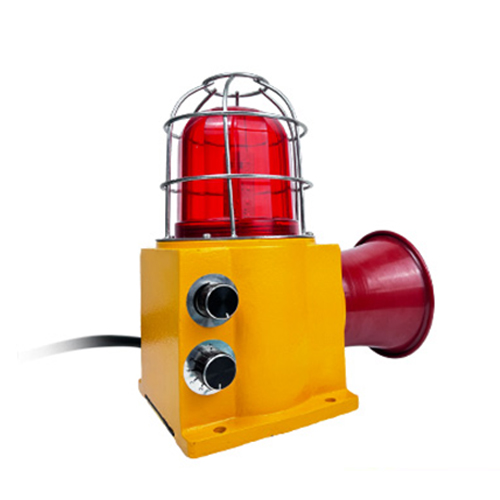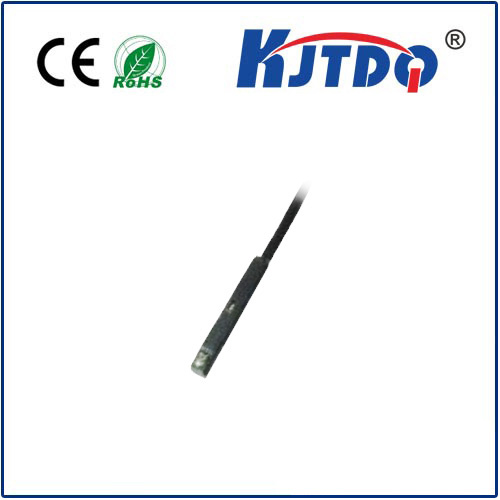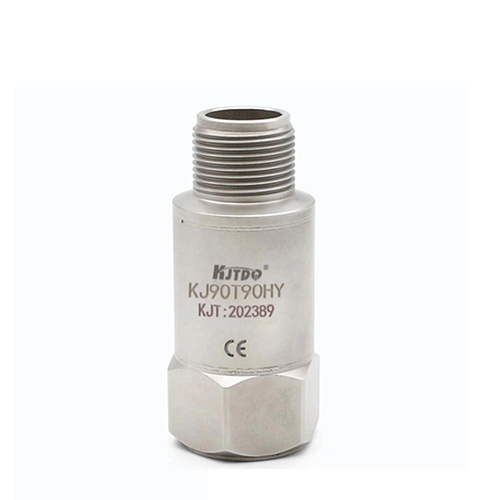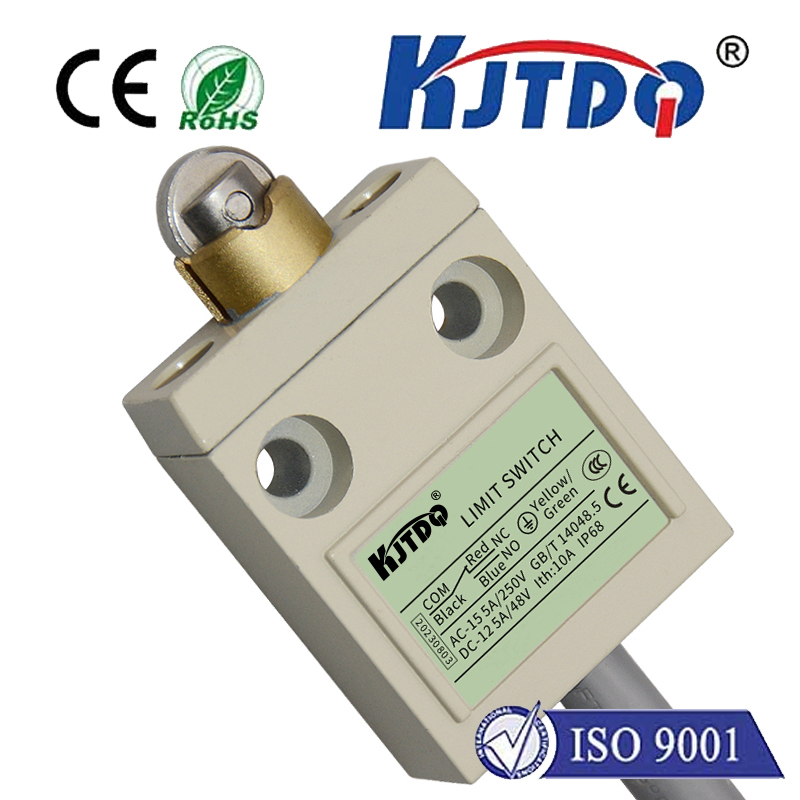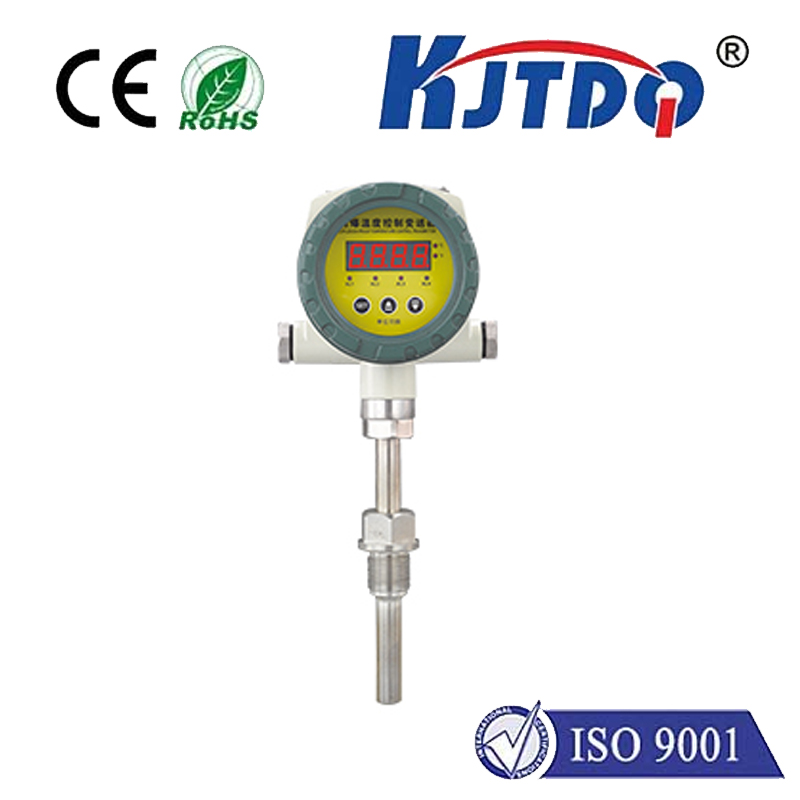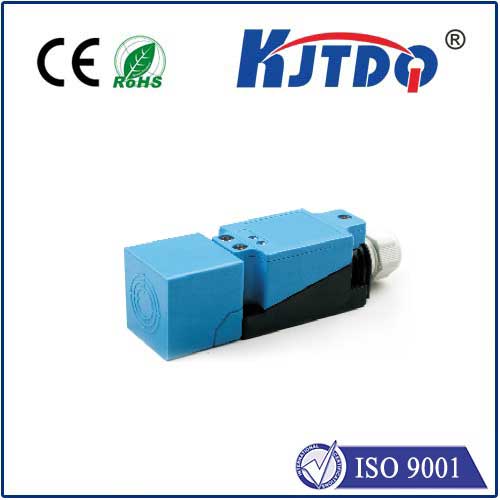In the relentless pulse of modern manufacturing, particularly within packaging and processing lines, precision detection isn’t just desirable – it’s absolutely critical. A single misplaced label, an undetected missing cap, or a misaligned package can cascade into costly waste, machine jams, and production downtime. Enter the groove photoelectric sensor, specifically engineered variants like the G2 label sensor, increasingly enhanced with self-monitoring and self-adjusting capabilities. These compact powerhouses represent a significant leap forward in reliability and ease of use for label detection applications, solving persistent problems with unmatched finesse.
Unlike their through-beam cousins requiring separate emitter and receiver units, the groove photoelectric sensor integrates both components within a single U-shaped housing. This “groove” design creates a precise detection zone. The emitter sends a beam of light (often infrared) across the gap to the receiver directly opposite it. When an object – such as the edge of a label on a continuous roll or a passing package – enters this groove, it interrupts the light beam. This interruption triggers the sensor’s output signal, indicating the presence or specific position of the detected item. This principle makes them exceptionally adept at detecting small, thin, or transparent objects like labels, that might be challenging for other sensor types.
Label detection presents unique hurdles. Labels can vary significantly: they may be clear, glossy, matte, metallic, or have inconsistent print density. Backgrounds change as products move along the line. Environmental factors like dust, vibration, and ambient light fluctuations are constant threats to sensor stability. Traditional photoelectric sensors often require tedious manual calibration or complex configurations to handle these variables, leading to setup delays and potential errors.
This is where advanced groove sensors, particularly the G2 label sensor class, truly shine. They incorporate intelligent features, often built around the concept of “self,” designed to automate optimization and maintain peak performance:

Why G2 Label Sensors with Self-Features are a Packaging Line Asset:
Applications Beyond Just Labels:
While stellar for label sensor tasks (presence/absence, edge detection, gap detection on rolls, print mark registration), these versatile groove photoelectric sensors excel in numerous other demanding scenarios:
Choosing the Right Sensor:
When selecting a groove photoelectric sensor for critical label sensor or precision detection duties, prioritize models boasting self-adjustment and self-monitoring capabilities within the G2 or similar performance class. Key specifications to scrutinize include:
The Future is Self-Optimizing:
The evolution towards intelligent automation demands smarter sensors. The modern groove photoelectric sensor, exemplified by the G2 label sensor generation integrating self-teach, self-adjust, and self-diagnostic capabilities, is no longer a simple switch. It’s a sophisticated sensing solution. It actively contributes to maximizing uptime, ensuring consistent quality through reliable label sensor performance and other critical detections, and reducing the operational burden. By automating the complex task of maintaining optimal detection parameters in variable conditions, these sensors unlock new levels of efficiency and reliability on the factory floor. They embody the shift from reactive maintenance to proactive system health management, proving that sometimes, the most powerful tool possesses the intelligence to manage itself.

